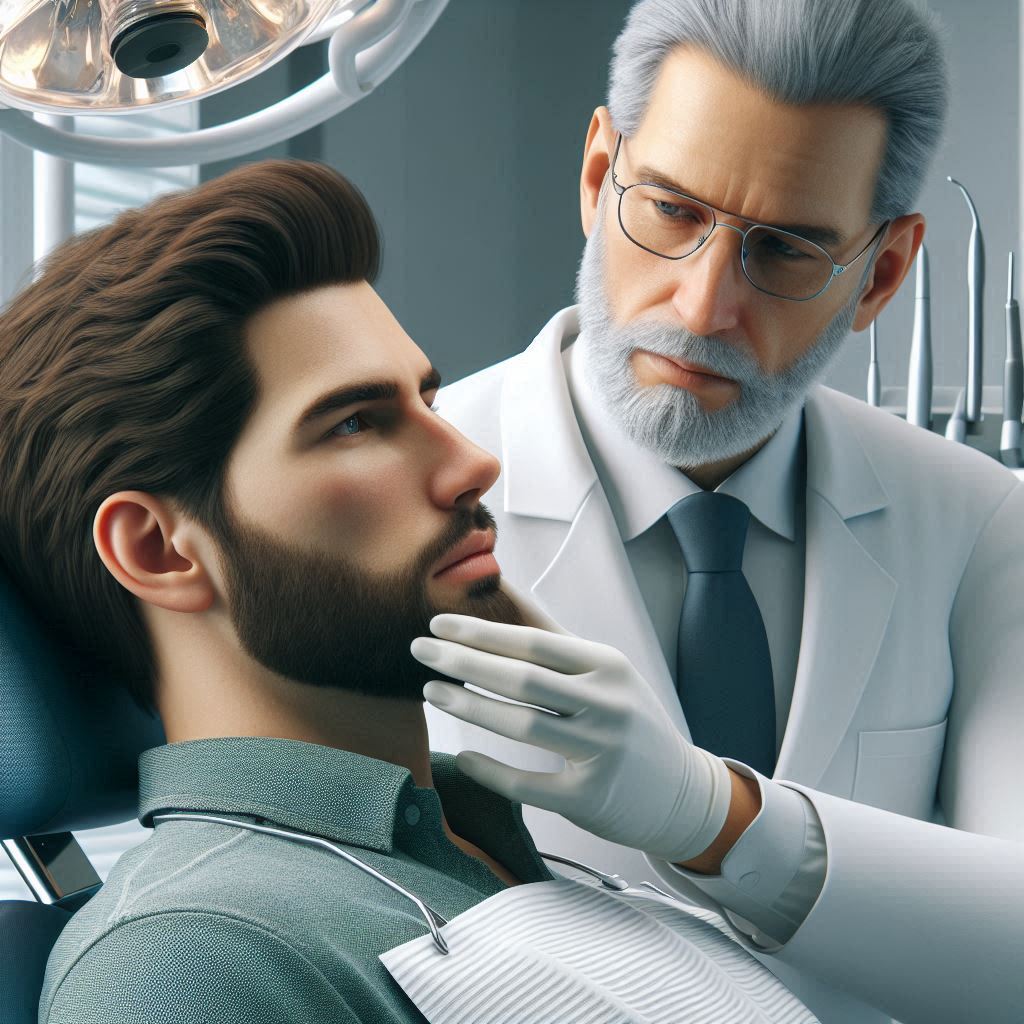
Understanding Dental Emergencies
A dental emergency is a situation that demands immediate medical attention due to severe pain, injury, or infection. These incidents can range from traumatic injuries, such as a broken tooth or jaw, to infections like an abscessed tooth, which can cause intense pain, fever, or swelling. The urgency of these conditions cannot be overstated, as prompt treatment is often the key to successful outcomes.
Immediate Steps for Common Dental Emergencies
Knocked-Out Tooth (Avulsion)
A knocked-out tooth is a frequent occurrence, particularly among children and athletes. The American Association of Endodontists states that more than 5 million teeth are knocked out every year in the United States, with many occurring during sports activities. Immediate action can significantly increase the chances of saving the tooth. If a tooth is knocked out:
- Pick up the tooth by the crown, avoiding the root.
- Rinse it gently with water if dirty, but do not scrub.
- Attempt to reinsert it into the socket, or store it in milk or saliva.
- Seek dental care within 30 minutes if possible.
Fractured Jaw
A broken jaw is a serious injury that can result in pain and difficulty using the jaw. Signs include misalignment of teeth and an altered bite. If you suspect a fractured jaw:
- Stabilize the jaw by wrapping a bandage under the jaw and securing it over the top of the head.
- Apply ice to reduce swelling.
- Seek immediate medical attention at a dentist’s office or emergency room.
Dental Abscess
An abscess is an infection at the root of a tooth or between the gum and a tooth. It’s a potentially life-threatening condition if not treated, as the infection can spread. Symptoms include severe pain, swelling, and pus discharge. To manage an abscess:
- Rinse with warm salt water to alleviate pain and draw pus to the surface.
- Avoid applying heat, as it can spread the infection.
- Seek dental care immediately to prevent further complications.
Chipped, Loosened, or Broken Tooth
Even if there is no pain, a chipped or broken tooth requires prompt dental attention. To care for a damaged tooth:
- Rinse your mouth with warm water.
- Apply a cold compress to reduce swelling.
- Save any tooth fragments and bring them to your dentist.
A loose tooth can indicate injury or gum disease and may lead to nerve damage or discoloration. It’s essential to see a dentist as soon as possible.
Toothache
Never ignore a toothache, as it could signal a cavity or abscess. To manage toothache pain:
- Take over-the-counter pain relievers like acetaminophen or ibuprofen.
- Rinse with warm water and gently floss to remove food particles.
- Avoid placing aspirin directly on the gums or tooth, as it can cause burns.
- Consult your dentist promptly for a definitive diagnosis and treatment.
Conclusion
Dental emergencies require immediate attention to prevent further damage and alleviate pain. By understanding the types of emergencies and taking the right steps, you can improve the chances of a positive outcome. Remember, these measures are temporary, and professional dental care is essential. For more information on handling a knocked-out tooth, the American Dental Association provides a helpful resource that can be accessed online.
For further reading on dental emergencies and how to handle them, visit the American Dental Association or the American Association of Endodontists.




